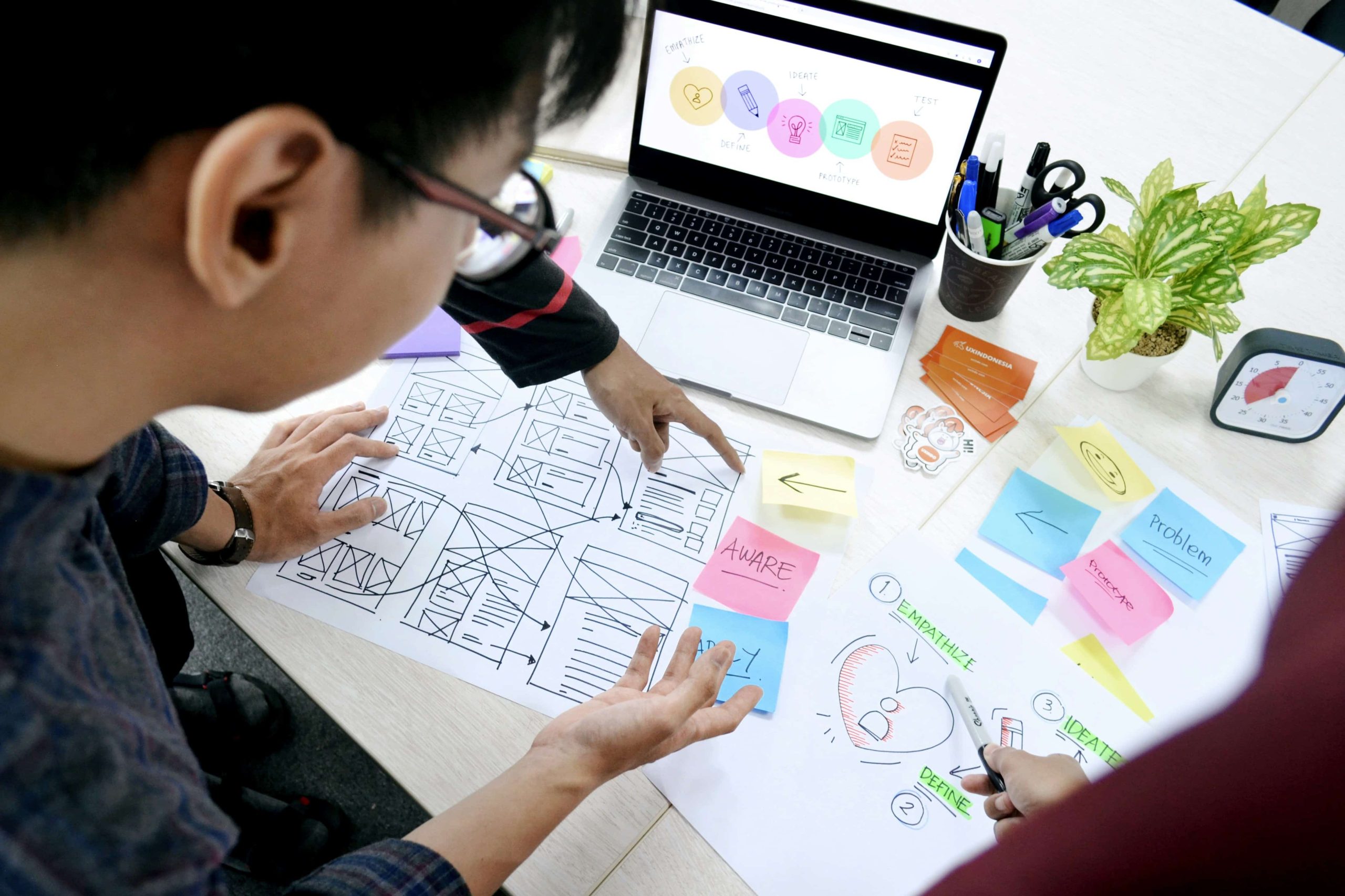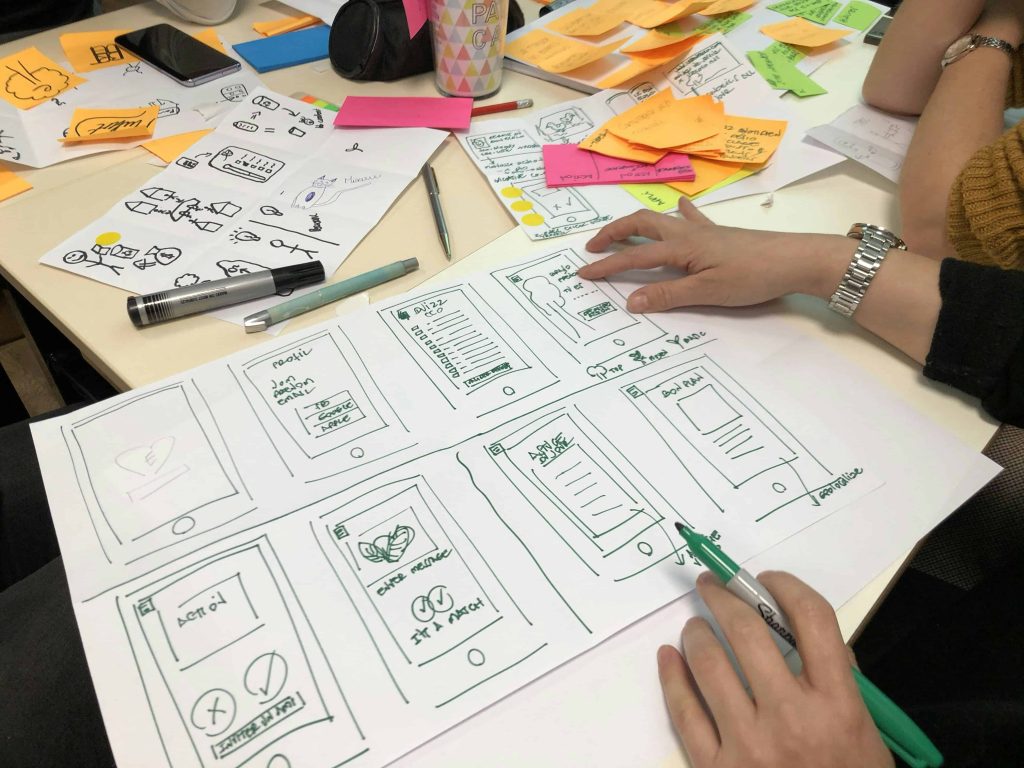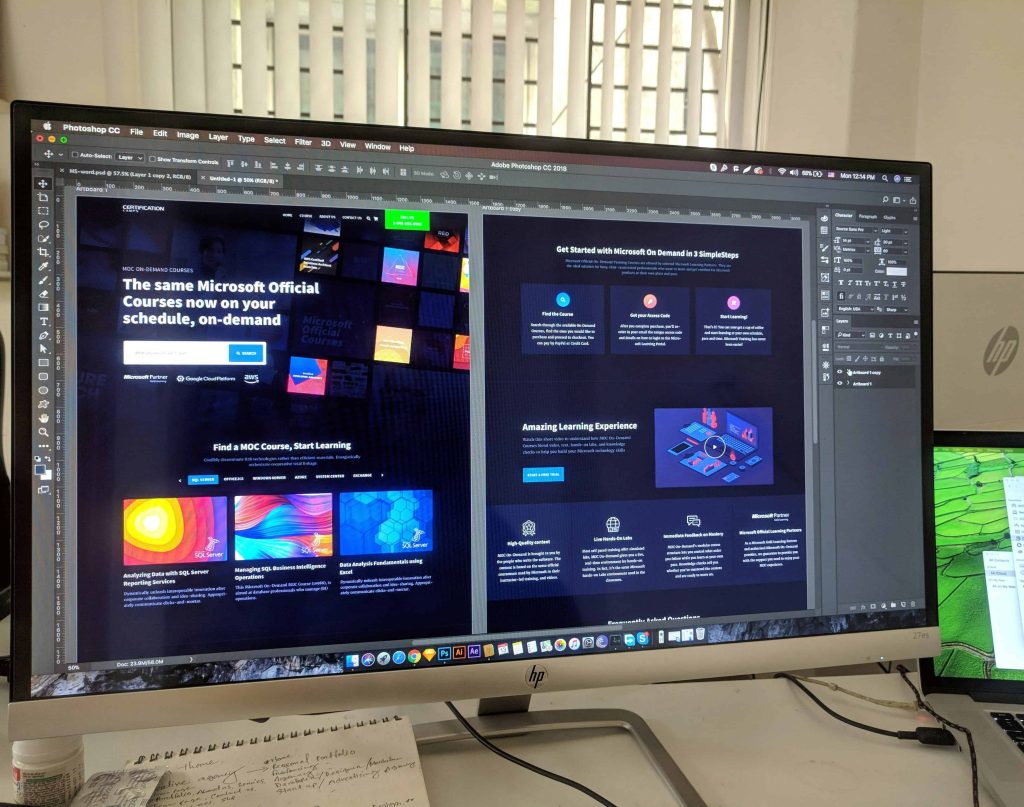
01 May Unlocking Exceptional Digital Experiences: Mastering UX Design Principles
Introduction
User Experience (UX) design lies at the heart of creating digital products that resonate with users. Its importance transcends mere aesthetics, delving into the realm of functionality and user satisfaction. In this article, we will delve into the fundamental principles of UX design, exploring how they shape digital experiences. Understanding these principles is not just a matter of design; it’s a strategic approach to building products that stand the test of time.
Core Principles
User-centricity:
The cornerstone of UX design is user-centricity. This principle revolves around comprehending user needs and goals. Successful designs are rooted in robust user research, employing methods like interviews, surveys, and analytics. By gaining insights into user behaviors and preferences, designers can craft solutions tailored to their audience. In essence, it’s about putting the user at the center of the design process.
Usability:
Usability is the linchpin of effective UX. It involves creating interfaces that are clear, simple, and easy to navigate. By minimizing cognitive load and learning curves, designers optimize the efficiency and effectiveness of user interactions. This principle ensures that users can effortlessly accomplish tasks, fostering a positive user experience.
Accessibility:
Accessibility in UX design addresses the diverse needs and abilities of users. Adhering to accessibility guidelines and best practices ensures that digital products are inclusive. Considering assistive technologies and embracing inclusive design principles ensures that everyone, regardless of abilities, can engage with and benefit from the product.
Visual Hierarchy:
Visual hierarchy is the silent guide within a digital interface. By strategically using visual cues like size, color, and spacing, designers can direct users’ attention. A clear information hierarchy aids in easy comprehension, and prioritizing elements based on tasks and importance enhances overall usability.
Consistency:
Consistency breeds familiarity and predictability. Maintaining consistent patterns and behavior across interfaces is crucial. Employing familiar UI elements and interactions helps users navigate without confusion, building trust in the product. Consistency is the thread that weaves a seamless user journey.
Control and Flexibility:
Empowering users is a fundamental UX principle. Providing control over actions and room for mistakes ensures a sense of autonomy. Features like undo/redo, easy correction, and personalization contribute to a user-centric experience, allowing users to tailor their interactions according to their needs.
Additional Considerations
Aesthetics and Emotional Design:
Beyond functionality, aesthetics play a pivotal role in UX. Creating visually appealing and engaging interfaces contributes to positive emotional responses. Balancing aesthetics with usability ensures that a product not only looks good but also enhances the overall user experience.
Content and Language:
Clear communication is key in UX design. Using user-friendly language, providing relevant information, and tailoring content to the target audience ensures effective communication. Information should be presented on demand, meeting user expectations and enhancing overall satisfaction.
Testing and Iteration:
The journey to optimal UX doesn’t end with the initial design. Continuous testing with real users, identifying and addressing usability issues through iteration, and gathering user feedback are integral. This iterative process refines the design, ensuring it aligns with evolving user needs.
Conclusion
In navigating the intricate landscape of UX design, these principles emerge as guiding lights, illuminating the path to exceptional digital experiences. The user-centric approach, coupled with a focus on usability and accessibility, establishes a foundation for products that resonate across diverse demographics. Visual hierarchy and consistency serve as the compass, providing clarity and predictability, while empowerment through control and flexibility fosters a sense of autonomy. Embracing additional considerations, such as aesthetics, content clarity, and continuous iteration, enriches the user journey. As we weave these principles together, we forge not just interfaces but lasting connections that stand resilient against the sands of time.
Key Takeaways
- User-Centricity: Successful UX design starts by understanding user requirements through robust research methods.
- Usability: Create clear, simple interfaces to optimize user efficiency and foster a positive experience.
- Accessibility: Adhere to guidelines for inclusivity, making digital products accessible to users of diverse abilities.
- Visual Hierarchy: Use strategic visual cues to guide users within the interface for easy comprehension.
- Consistency: Maintain consistent patterns and UI elements to build trust and ensure a seamless user journey.
- Control and Flexibility: Empower users with control over actions, allowing room for mistakes and personalization.
- Aesthetics and Emotional Design: Balance aesthetics with usability to evoke positive emotional responses.
- Content and Language: Communicate clearly with user-friendly language, tailored content, and on-demand information.
- Testing and Iteration: Continuously test, iterate, and gather user feedback to refine designs and meet evolving needs.
Frequently Asked Questions
Why is user-centricity essential in UX design?
User-centricity ensures products meet users’ needs. It prioritizes understanding through research methods like interviews, surveys, and analytics. This deep understanding leads to tailored solutions, creating more effective and satisfying experiences for users.
How does accessibility impact UX design?
Accessibility ensures products are usable for diverse users. Adhering to guidelines and embracing inclusive design principles removes barriers, enhancing usability and satisfaction. Considering assistive technologies broadens accessibility, making the product available to a wider audience.
Why are testing and iteration integral to UX design?
Testing and iteration refine designs based on real user feedback. Continuous testing identifies issues, and iterative improvements align the product with evolving user needs. This process ensures the final product meets expectations, providing the best possible experience and adapting to user demands.
Uncover the secrets to fostering creativity, fostering innovation, and fostering success through strategic intellectual property management.



